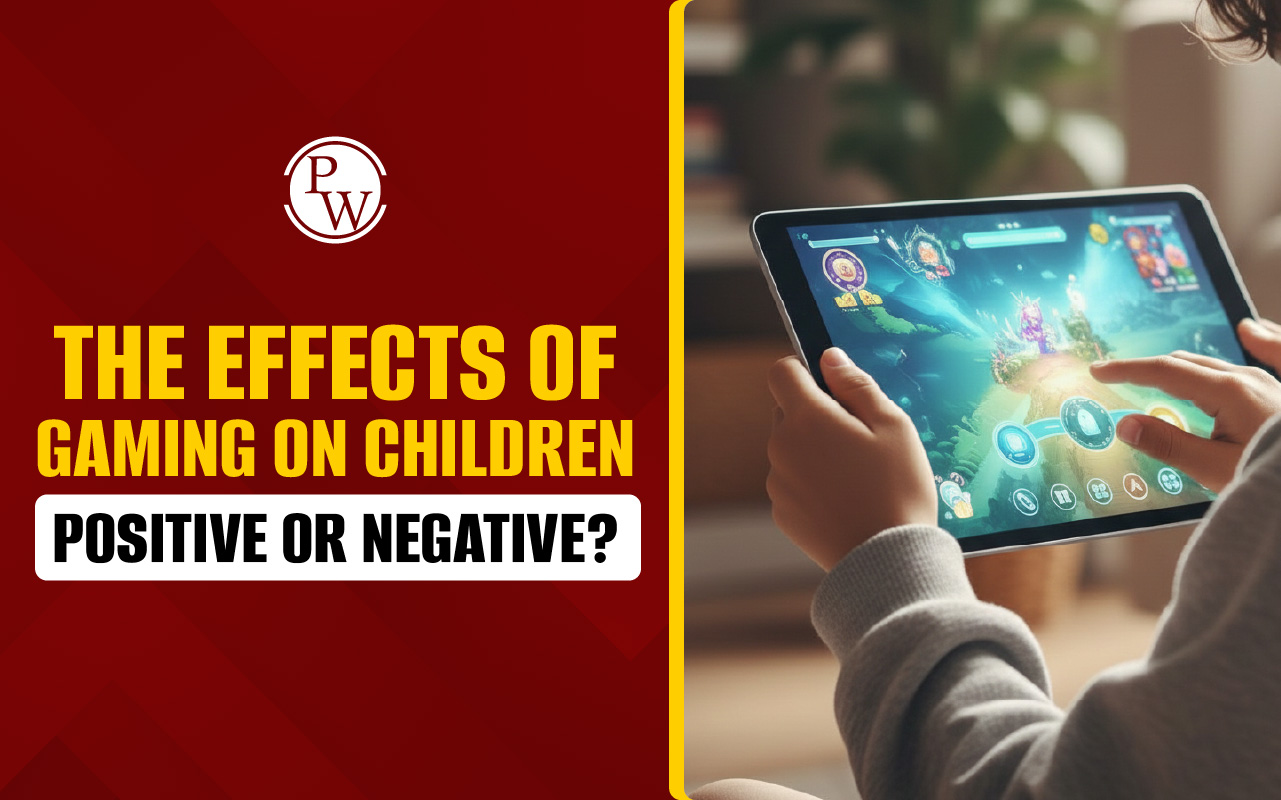
A Neuroscientist Reveals How to Think Differently: The passage “A Neuroscientist Reveals How to Think Differently” explores the science behind innovative thinking and what sets iconoclasts apart from the average person. It delves into how perception, fear response, and social intelligence influence decision-making and creativity. By examining how the brain processes new information and overcomes fear, this passage sheds light on the ways individuals can break conventional thought patterns. Practicing questions based on this passage will help improve IELTS Reading comprehension and the ability to identify key concepts effectively.
A Neuroscientist Reveals How to Think Differently Passage
You should spend about 20 minutes on Questions 1-14, based on the reading passage.
A neuroscientist reveals how to think differently
In the last decade, a revolution has occurred In the way that scientists think about the brain.
- We now know that the decisions humans make can be traced to the firing patterns of neurons in specific parts of the brain. These discoveries have led to the field known as neuroeconomics, which studies the brain's secrets to success in an economic environment that demands innovation and being able to do things differently from competitors. A brain that can do this is an iconoclastic one. Briefly, an iconoclast is a person who does something that others say can't be done.
- This definition implies that iconoclasts are different from other people, but more precisely, it is their brains that are different in three distinct ways: perception, fear response, and social intelligence. Each of these three functions utilizes a different circuit in the brain. Naysayers might suggest that the brain is irrelevant, that thinking in an original, even revolutionary, way is more a matter of personality than brain function. But the field of neuroeconomics was born out of the realization that the physical workings of the brain place limitations on the way we make decisions. By understanding these constraints, we begin to understand why some people march to a different drumbeat.
- The first thing to realize is that the brain suffers from limited resources. It has a fixed energy budget, about the same as a 40 watt light bulb, so it has evolved to work as efficiently as possible. This is where most people are impeded from being an iconoclast. For example, when confronted with information streaming from the eyes, the brain will interpret this information in the quickest way possible. Thus it will draw on both past experience and any other source of information, such as what other people say, to make sense of what it is seeing. This happens all the time. The brain takes shortcuts that work so well we are hardly ever aware of them.
- We think our perceptions of the world are real, but they are only biological and electrical rumblings. Perception is not simply a product of what your eyes or ears transmit to your brain. More than the physical reality of photons or sound waves, perception is a product of the brain.
Perception is central to iconoclasm. Iconoclasts see things differently to other people. Their brains do not fall into efficiency pitfalls as much as the average person's brain. Iconoclasts, either because they were born that way or through learning, have found ways to work around the perceptual shortcuts that plague most people. Perception is not something that is hardwired into the brain. It is a learned process, which is both a curse and an opportunity for change. The brain faces the fundamental problem of interpreting physical stimuli from the senses. Everything the brain sees, hears, or touches has multiple interpretations. The one that is ultimately chosen is simply the brain's best theory. In technical terms, these conjectures have their basis in the statistical likelihood of one interpretation over another and are heavily influenced by past experience and, importantly for potential iconoclasts, what other people say. - The best way to see things differently to other people is to bombard the brain with things it has never encountered before. Novelty releases the perceptual process from the chains of past experience and forces the brain to make new judgments. Successful iconoclasts have an extraordinary willingness to be exposed to what is fresh and different. Observation of iconoclasts shows that they embrace novelty while most people avoid things that are different.
The problem with novelty, however, is that it tends to trigger the brain's fear system. Fear is a major impediment to thinking like an iconoclast and stops the average person in his tracks. There are many types of fear, but the two that inhibit iconoclastic thinking and people generally find difficult to deal with are fear of uncertainty and fear of public ridicule. These may seem like trivial phobias. But fear of public speaking, which everyone must do from time to time, afflicts one-third of the population. This makes it too common to be considered a mental disorder. It is simply a common variant of human nature, one which iconoclasts do not let inhibit their reactions. - Finally, to be successful iconoclasts, individuals must sell their ideas to other people. This is where social intelligence comes in. Social intelligence is the ability to understand and manage people in a business setting. In the last decade there has been an explosion of knowledge about the social brain and how the brain works when groups coordinate decision making. Neuroscience has revealed which brain circuits are responsible for functions like understanding what other people think, empathy, fairness, and social identity. These brain regions play key roles in whether people convince others of their ideas. Perception is important in social cognition too. The perception of someone's enthusiasm, or reputation, can make or break a deal. Understanding how perception becomes intertwined with social decision making shows why successful iconoclasts are so rare.
- Iconoclasts create new opportunities in every area from artistic expression to technology to business. They supply creativity and innovation not easily accomplished by committees. Rules aren't important to them. Iconoclasts face alienation and failure, but can also be a major asset to any organization. It is crucial for success in any field to understand how the iconoclastic mind works.
| IELTS Exam Important Links | |
|---|---|
| IELTS Reading Band Score | IELTS Listening Band Score |
| IELTS Speaking Band Score | IELTS Writing Band Score |
A Neuroscientist Reveals How to Think Differently Sample Questions
Questions 1-8
The Reading Passage has sections A-G.
Which section contains the following information?
-
Explanation of why people struggle to be iconoclasts.
-
The connection between perception and social intelligence.
-
The reason why fear prevents innovative thinking.
-
How the brain chooses between multiple interpretations of stimuli.
-
The role of neuroeconomics in understanding decision-making.
-
A method for overcoming perceptual limitations.
-
How iconoclasts react differently to new experiences.
-
The importance of social intelligence in persuading others.
Questions 9-14
Complete the sentences below.
Choose NO MORE THAN ONE WORD from the passage for each answer.
-
Neuroeconomics studies the brain’s role in achieving _______ in a competitive market.
-
The brain’s limited _______ forces it to work efficiently.
-
Iconoclasts are able to avoid perceptual _______ that affect most people.
-
The brain tends to rely on _______ experiences to interpret new information.
-
Fear of _______ can prevent people from expressing new ideas.
-
Successful iconoclasts need to develop strong _______ skills to communicate their ideas effectively.
A Neuroscientist Reveals How to Think Differently with Explanations
-
Explanation of why people struggle to be iconoclasts.
-
Answer: Section C
-
Location: "The first thing to realize is that the brain suffers from limited resources... This is where most people are impeded from being an iconoclast."
-
Explanation: This section explains how the brain’s efficiency shortcuts and limited resources prevent most people from being iconoclasts.
-
The connection between perception and social intelligence.
-
Answer: Section F
-
Location: "Perception is important in social cognition too. The perception of someone's enthusiasm, or reputation, can make or break a deal."
-
Explanation: This section discusses how perception influences social intelligence, which is key to convincing others.
-
The reason why fear prevents innovative thinking.
-
Answer: Section E
-
Location: "The problem with novelty, however, is that it tends to trigger the brain's fear system. Fear is a major impediment to thinking like an iconoclast."
-
Explanation: This section explains how fear, especially fear of uncertainty and public ridicule, stops people from thinking differently.
-
How the brain chooses between multiple interpretations of stimuli.
-
Answer: Section D
-
Location: "The brain faces the fundamental problem of interpreting physical stimuli from the senses... The one that is ultimately chosen is simply the brain's best theory."
-
Explanation: This section explains how the brain processes sensory information and selects the most likely interpretation.
-
The role of neuroeconomics in understanding decision-making.
-
Answer: Section A
-
Location: "These discoveries have led to the field known as neuroeconomics, which studies the brain's secrets to success in an economic environment."
-
Explanation: This section introduces neuroeconomics and its relevance to decision-making.
-
A method for overcoming perceptual limitations.
-
Answer: Section D
-
Location: "The best way to see things differently to other people is to bombard the brain with things it has never encountered before."
-
Explanation: This section discusses how exposing the brain to new experiences helps overcome perceptual shortcuts.
-
How iconoclasts react differently to new experiences.
-
Answer: Section D
-
Location: "Successful iconoclasts have an extraordinary willingness to be exposed to what is fresh and different."
-
Explanation: This section explains that iconoclasts embrace novelty, unlike most people who avoid it.
-
The importance of social intelligence in persuading others.
-
Answer: Section F
-
Location: "Finally, to be successful iconoclasts, individuals must sell their ideas to other people. This is where social intelligence comes in."
-
Explanation: This section highlights the role of social intelligence in making others accept new ideas.
-
Neuroeconomics studies the brain’s role in achieving _______ in a competitive market.
-
Answer: success
-
Location: "These discoveries have led to the field known as neuroeconomics, which studies the brain's secrets to success in an economic environment."
-
Explanation: The passage directly states that neuroeconomics is about achieving success.
-
The brain’s limited _______ forces it to work efficiently.
-
-
Answer: resources
-
Location: "The first thing to realize is that the brain suffers from limited resources."
-
Explanation: The passage explains that the brain has limited resources, which affects its efficiency.
-
-
Iconoclasts are able to avoid perceptual _______ that affect most people.
-
-
Answer: shortcuts
-
Location: "Iconoclasts... have found ways to work around the perceptual shortcuts that plague most people."
-
Explanation: The passage states that iconoclasts do not rely on the usual mental shortcuts.
-
-
The brain tends to rely on _______ experiences to interpret new information.
-
-
Answer: past
-
Location: "The one that is ultimately chosen is simply the brain's best theory... heavily influenced by past experience."
-
Explanation: The passage states that the brain depends on past experiences for interpretation.
-
-
Fear of _______ can prevent people from expressing new ideas.
-
-
Answer: ridicule
-
Location: "Fear is a major impediment to thinking like an iconoclast... fear of public ridicule."
-
Explanation: The passage explains that fear of ridicule stops people from being innovative.
-
-
Successful iconoclasts need to develop strong _______ skills to communicate their ideas effectively.
-
-
Answer: Social
-
Location: "Finally, to be successful iconoclasts, individuals must sell their ideas to other people. This is where social intelligence comes in."
-
Explanation: The passage highlights the importance of social intelligence in promoting ideas.
-
Also Read:
- Should You Use All Capital Letters in the IELTS Listening and Reading Tests
- IELTS Reading Mistakes
- How to Improve IELTS Reading Score
- How to Manage Time in IELTS Reading
Guidance of PW IELTS
Physics Wallah offers multiple online IELTS courses for all students. Follow the IELTS pages to better prepare for the exam.
| What is IELTS Exam? | Documents Required for IELTS Registration |
| IELTS exam eligibility requirements | IELTS Exam Fees |
| IELTS test results | IELTS Exam Pattern |
A Neuroscientist Reveals How to Think Differently FAQs
What is the main idea of the passage?
What is neuroeconomics, and how is it related to iconoclastic thinking?
Why do most people struggle to think like an iconoclast?
How can someone improve their ability to think differently?










